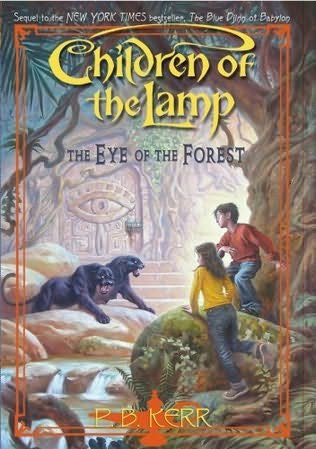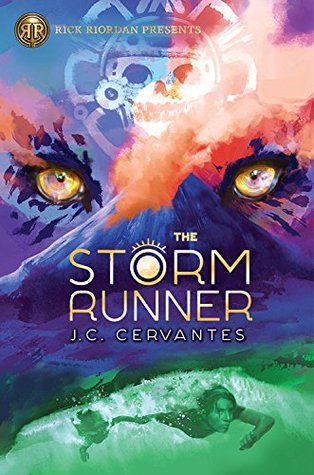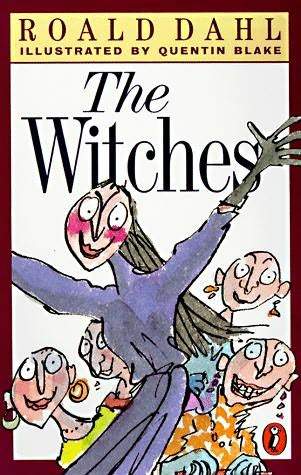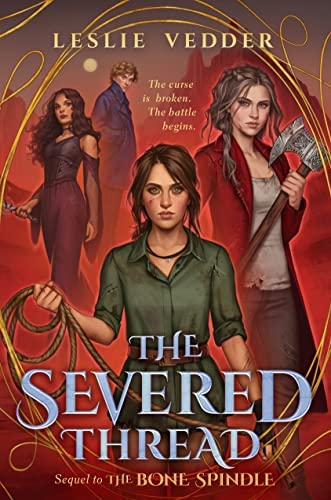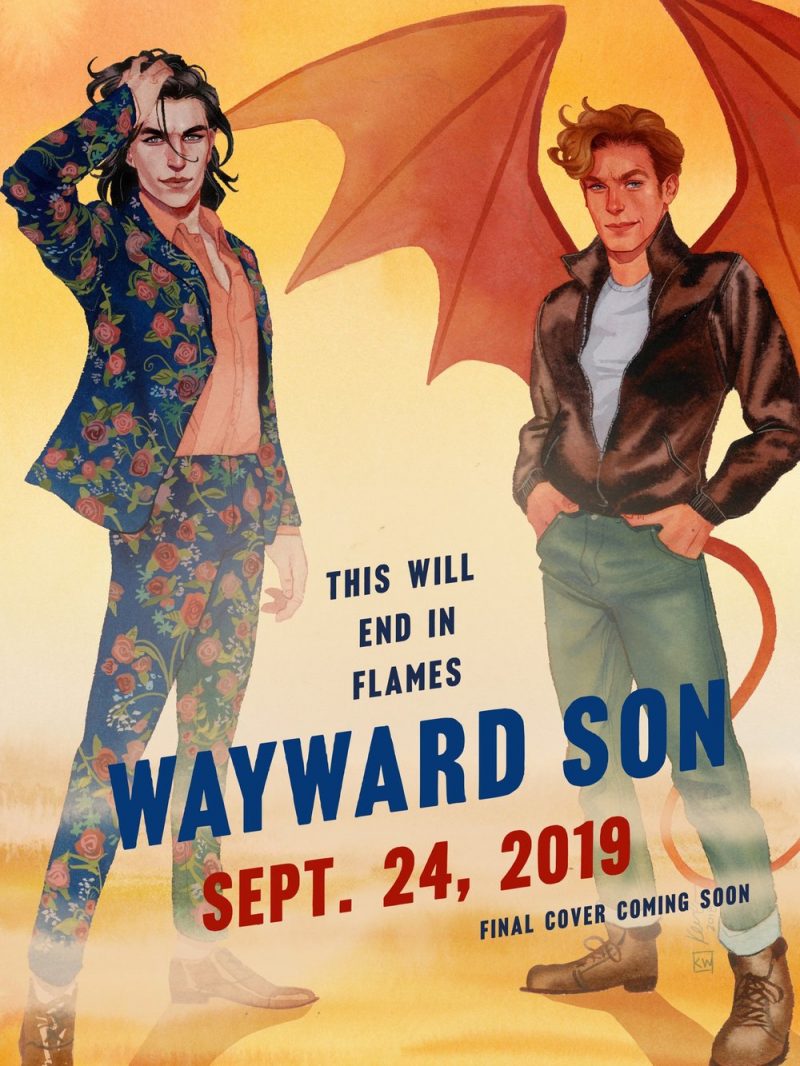Book Five of Children of the Lamp continues the series’ ABC-order sequence of titles. Brought to you by the letter E, it’s such a fun book that you’ll hope the pattern holds through all 26 letters of the alphabet. In this installment, teenage djinn twins John and Philippa Gaunt visit the moist, mysterious rain forest of the Peruvian Amazon, together with their resourceful Uncle Nimrod, his ex-thief butler Groanin, and other friends—including, naturally, one who is a traitor. The reason for this journey, made longer than usual by having to fly by airplane rather than the djinn’s preferred whirlwind, is partly to sort out the environmental reasons whirlwind travel has suddenly become so dangerously unreliable. The other, and even bigger, reason: Someone has been stealing Incan artifacts out of museums from Berlin to New Haven. The first Incan emperor, who happened to be a djinn, has risen from the dead. And if, as seems likely, these two circumstances are connected, it could mean that the end of the world is at hand.
This particular “end of the world” is called pachacuti, and it’s basically the Incas’ ultimate revenge against the Spanish conquistadores—most notably Don Francisco Pizarro—who destroyed their amazing culture and nearly wiped them out. Somehow this world-ending revenge is connected with a legendary ritual called the—seriously, do you expect me to remember this?—some five-syllable word that has a couple of ks and three or four us in it—a ritual, it is said, for restoring a djinn’s depleted powers. But more likely, it’s just a trap to lure in gold-hungry Spaniards, or power-hungry djinn, with the promise of what they want the most. And when the ritual is completed, BANG goes the whole Western Hemisphere. More or less.
And so John, Philippa, and friends must race against a competing team of explorers to find a lost city called Paititi. (At least I remembered that!) Paititi seems to exist in another world alongside our own: a djinn-made world. It can only be reached through a doorway, called the Eye of the Forest, which stands all by itself in the middle of, you know, the forest. And the Eye, in turn, can only be found at the end of a trail marked on a map by a sixteenth-century priest—a trail guarded by giant monsters whose description will only properly curdle your blood if I let P. B. Kerr break it to you. And on the other side of those monsters is a battleground where two undead armies must fight to the finish. And a bottomless pit from which one can only escape by diving straight in. And a garden of carnivorous plants. And some mojo that seriously messes up djinn magic. And a seriously radioactive boy who faces the ultimate decision between good and evil since, to an even greater degree than most people, he has both living within him.
The dangers and crises the Gaunt twins face aren’t all fun and games. Some of them are deeply, even tragically serious. Plus, all this while their father is being held captive by the henchmen of a diabolically powerful (though mortal) magician. Their mother, rushing to his rescue, risks having her soul devoured. Their marriage faces a crucial challenge. And Philippa faces the temptation of great power. In spite of all the tense drama and moral dilemmas, however, this remains a book full of high spirited fun. It has jokes that will make you groan, and others that will leave you howling with laughter. It has clever feats of magic, chases, battles, and endearing characters—all the way down to the jungle guide who got his head shrunk while still attached to it (don’t ask). With such laughs, thrills, and awesome scenery to imagine, the book’s added lessons in history and geography go down very easily. And so the availability of at least two more books in this series—The Five Fakirs of Faizabad and The Grave Robbers of Genghis Khan—will come as the fulfillment of a wish.


